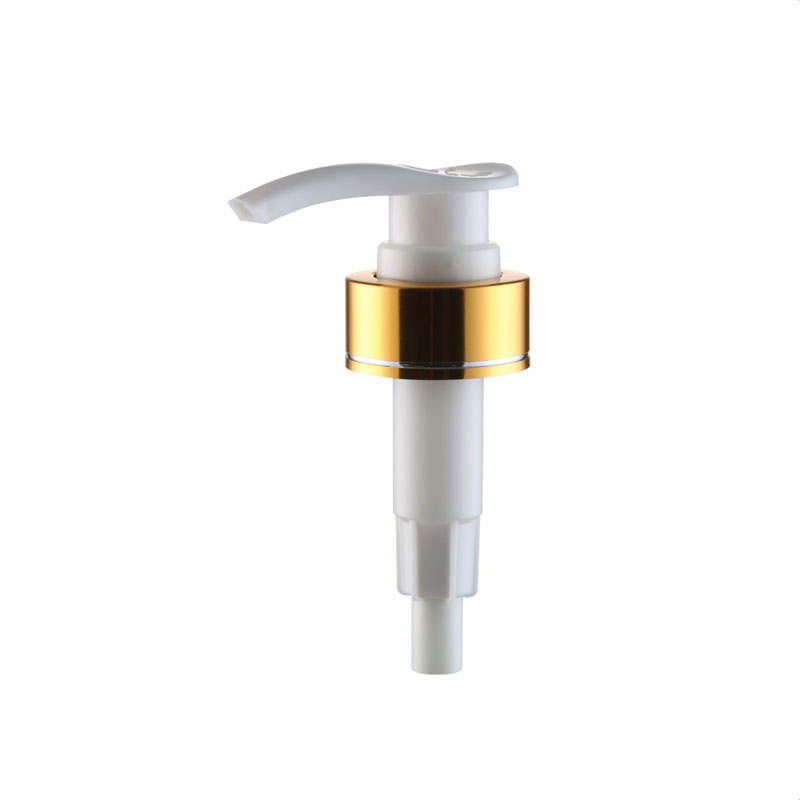What's inside a lotion pump?
Update:Aug 25,2022
Summary:Among plastic lotion pumps, a lotion pump is the most popular method of dispensing viscous, viscous liquid products in the personal care and beauty in...
Among plastic lotion pumps, a lotion pump is the most popular method of dispensing viscous, viscous liquid products in the personal care and beauty industries, and comes in all shapes and sizes. When used as designed, the pump dispenses the correct amount of product time and time again. But have you ever wondered what's in a lotion pump that makes it work? While there are hundreds of different designs on the market today, the basics are the same, and The Packaging Crash Course breaks down one of those lotion pumps to provide an overview of these components and how they contribute to the overall function of the pump. Product from bottle to hand. The actuator or pump head is the tool that the consumer presses to draw the product out of the container.
This actuator is usually made of PP plastic, can come in many different designs, and usually comes with a lock-up or lock-down function to prevent accidental output. It's a component design that is designed to separate one pump from another, and that's where ergonomics play a role in consumer satisfaction. This assembly screws the entire assembly onto the end of the neck of the bottle. It is a common destination for neck polishing, such as is usually made of PP plastic and is usually designed with ribbed sides or smooth sides. In some cases, a shiny metal case can be installed to give the lotion pump a high-end, elegant look.

The gasket is usually friction fit to the inside of the closure, and it acts as a gasket barrier on the bottle groove area to prevent product leakage. This outer gasket can be made from a variety of materials depending on the manufacturer's design: rubber, LDPE are just two of the many possible options. Sometimes referred to as the pump assembly housing, this assembly holds all pump assemblies in place and serves as a transfer chamber that sends product from the dip tube to the actuator and ultimately to the user's hand. This part is usually made of PP plastic. Depending on the output and design of the lotion pump, the size of this housing can vary widely.
Note that if pairing the pump with a glass bottle, the mouth of the bottle may not be wide enough to accommodate the case due to the thick side walls of the bottle - be sure to check its fit and function first. Parts may vary by lotion pump design. Some may even have additional components to assist product flow, and some designs may even have additional housing components that isolate metal springs from the product channel, these pumps are often referred to as having a "metal-free channel" feature where the product will not flow. Will come in contact with metal springs - eliminates potential compatibility issues with metal slender plastic tubes made of PP plastic that extend the reach of the lotion pump to the bottom of the bottle. Depending on the bottle paired with the pump, the length of the dip tube will vary. You can learn about a three-step dip tube measurement method here. A properly cut dip tube will maximize product utilization and prevent clogging.
PREV:What is the flow and working principle of the liquid distributor
NEXT:The right trigger sprayer for you
NEXT:The right trigger sprayer for you

 English
English Español
Español










